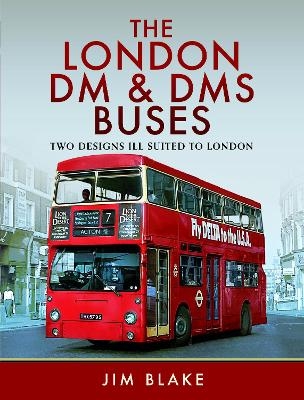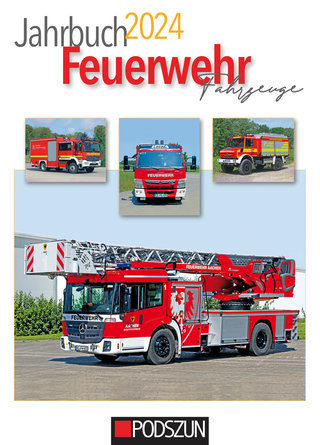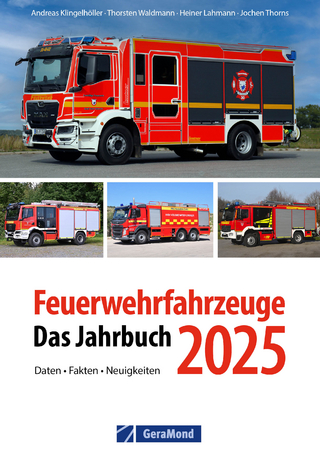
The London DM and DMS Buses - Two Designs Ill Suited to London
Seiten
2024
Pen & Sword Transport (Verlag)
978-1-3990-3474-6 (ISBN)
Pen & Sword Transport (Verlag)
978-1-3990-3474-6 (ISBN)
JIM BLAKE'S latest book on London's buses may come as a surprise, since he usually concentrated on older vehicles in the fleet. However, the unpopular, unsuccessful DMs and DMSs were still part of London Transport's history, so he recorded them too, particularly towards the end of the short working lives.
Forced by central government to buy "off-the-peg" standard manufacturers' products, rather than their own tried and trusted designs, LT opted for Daimler Fleetlines for their first fleet of one-man-operated double-deckers. Optimistically christened "Londoners" when they first entered service in January 1971, they instantly became unpopular with passengers, staff and bus enthusiasts alike. Their square, box-like appearance and bland all-over red livery did not endear them to the latter. Passengers used to boarding buses immediately with fares collected or tickets checked by a conductor objected to waiting at termini until the driver appeared and opened their doors, and having to queue at stops waiting to pay as they entered. Automatic ticket machines meant to mitigate this broke down making matters worse; all this increased journey times.
The vehicles had flimsy bodywork, easily damaged by the slightest collision, and were also mechanically unreliable: their rear engines often caught fire. This made them unpopular with drivers and maintenance staff. Although the type worked satisfactorily in the provinces, it was just not suited for the rigours of London service.
This book presents a selection of pictures of them, many previously unpublished and also graphically illustrating the buses' many defects.
Forced by central government to buy "off-the-peg" standard manufacturers' products, rather than their own tried and trusted designs, LT opted for Daimler Fleetlines for their first fleet of one-man-operated double-deckers. Optimistically christened "Londoners" when they first entered service in January 1971, they instantly became unpopular with passengers, staff and bus enthusiasts alike. Their square, box-like appearance and bland all-over red livery did not endear them to the latter. Passengers used to boarding buses immediately with fares collected or tickets checked by a conductor objected to waiting at termini until the driver appeared and opened their doors, and having to queue at stops waiting to pay as they entered. Automatic ticket machines meant to mitigate this broke down making matters worse; all this increased journey times.
The vehicles had flimsy bodywork, easily damaged by the slightest collision, and were also mechanically unreliable: their rear engines often caught fire. This made them unpopular with drivers and maintenance staff. Although the type worked satisfactorily in the provinces, it was just not suited for the rigours of London service.
This book presents a selection of pictures of them, many previously unpublished and also graphically illustrating the buses' many defects.
JIM BLAKE was born in December 1947 and brought up in Islington, North London. As did most young lads then, he soon developed an interest in railways, but also London's trams, trolleybuses and buses since North London's last two tram routes ran near his home, at the heart of London Transport's trolleybus system. His interest developed into transport photography in 1961 and he took over 100,000 photos before retiring his cameras in 2015/. He still lives in North London today.
| Erscheinungsdatum | 21.08.2024 |
|---|---|
| Zusatzinfo | 250 mono illustrations; 250 Illustrations |
| Verlagsort | Barnsley |
| Sprache | englisch |
| Maße | 172 x 246 mm |
| Themenwelt | Natur / Technik ► Fahrzeuge / Flugzeuge / Schiffe ► Nutzfahrzeuge |
| ISBN-10 | 1-3990-3474-X / 139903474X |
| ISBN-13 | 978-1-3990-3474-6 / 9781399034746 |
| Zustand | Neuware |
| Informationen gemäß Produktsicherheitsverordnung (GPSR) | |
| Haben Sie eine Frage zum Produkt? |
Mehr entdecken
aus dem Bereich
aus dem Bereich
100 Dinge, die man mit einem Bulldog oder Trecker erlebt haben muss. …
Buch | Softcover (2024)
Heel (Verlag)
12,99 €


